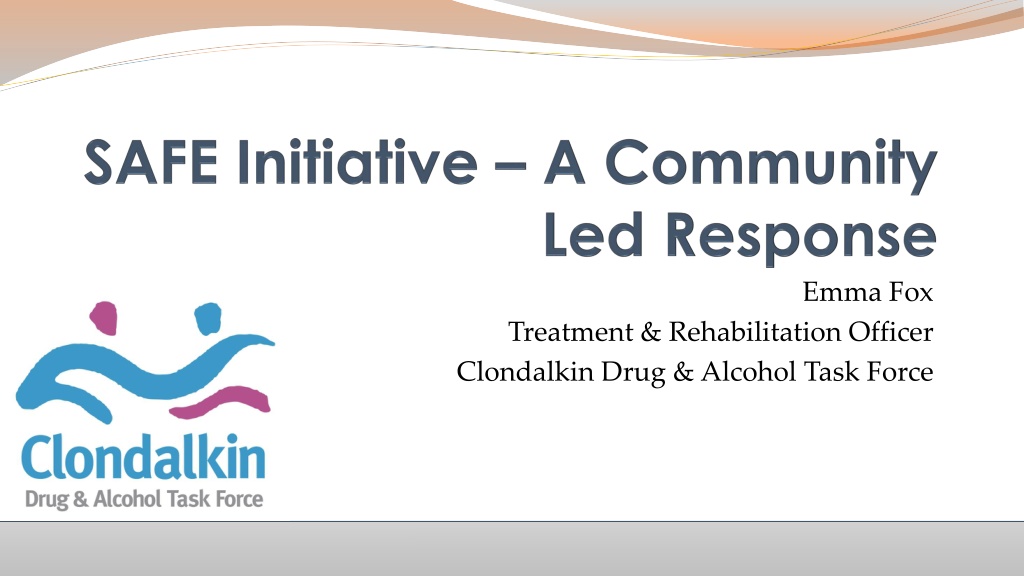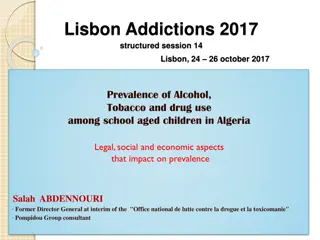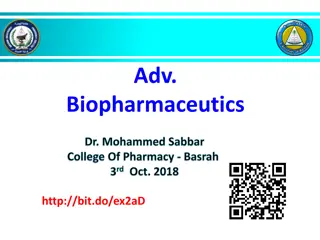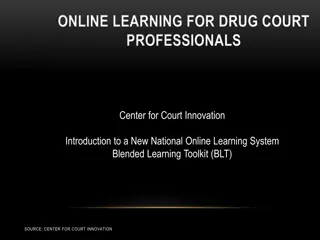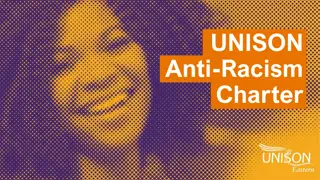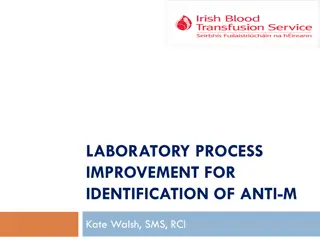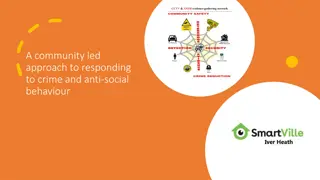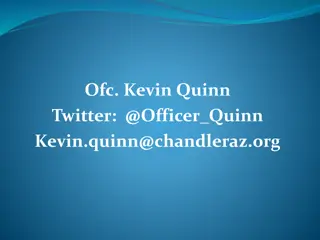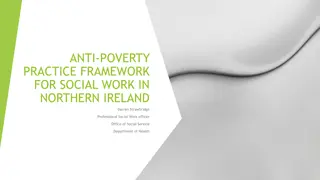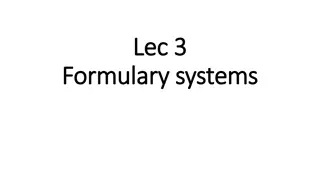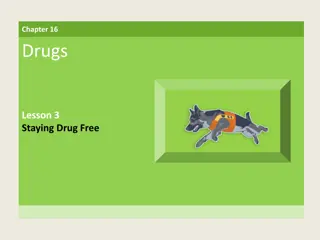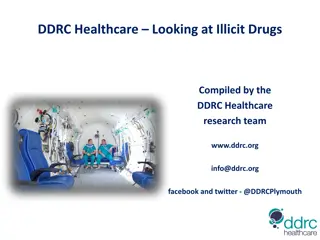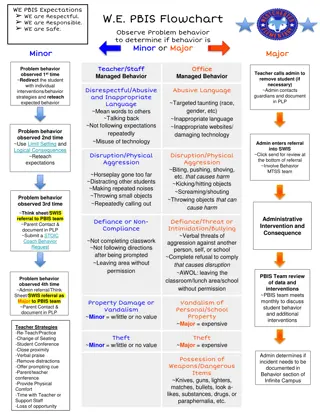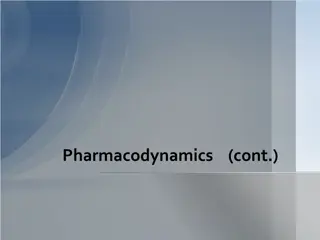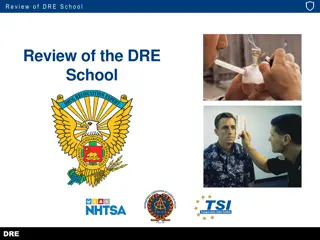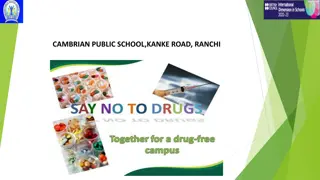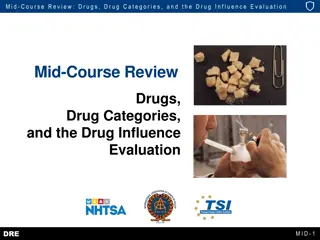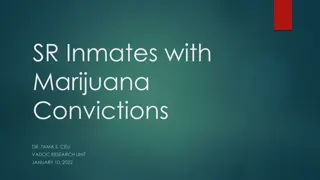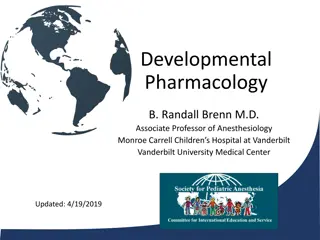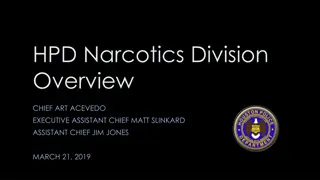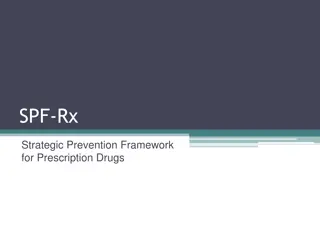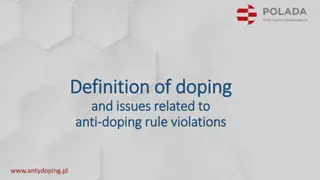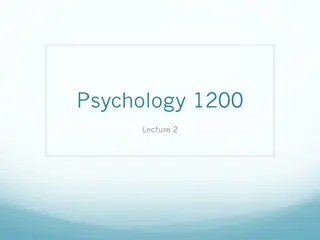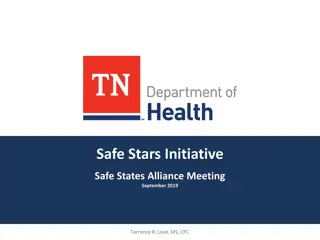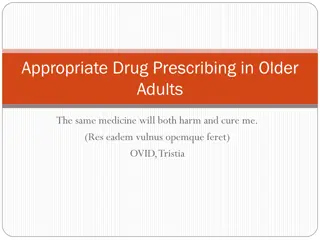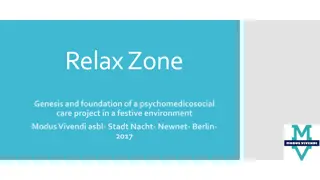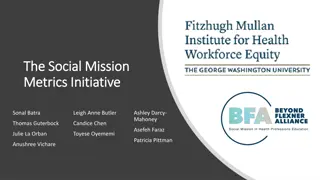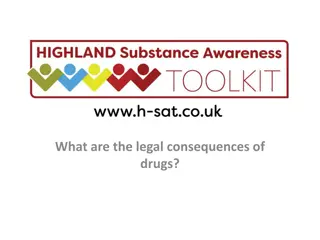SAFE Initiative: Addressing Drug Use & Anti-Social Behavior in Clondalkin
Initial concerns over public drug use and anti-social behavior near Clondalkin train station led to the establishment of the SAFE Initiative. A coordinated effort involving various agencies aimed to provide support for individuals using drugs and reduce related issues. The initiative includes a targeted outreach program, development of support services, and collaborative meetings to address challenges and gaps in service provision.
Download Presentation

Please find below an Image/Link to download the presentation.
The content on the website is provided AS IS for your information and personal use only. It may not be sold, licensed, or shared on other websites without obtaining consent from the author. Download presentation by click this link. If you encounter any issues during the download, it is possible that the publisher has removed the file from their server.
E N D
Presentation Transcript
Emma Fox Treatment & Rehabilitation Officer Clondalkin Drug & Alcohol Task Force
Background Initial concerns raised by AGS and Irish Rail regarding the increased visibility of public drug use, anti-social behaviour and drug litter around the train station in Clondalkin. Concerns also raised regarding the safety of people using drugs in the area by local projects. An interagency response was needed. The CDATF, AGS, Irish Rail, Clondalkin Tus Nua and CASP set up a steering group to look at developing a coordinated response to support the individuals presenting at the train station. SWRDATF, ALDP, SDCC and the HSE Addiction Services Outreach Team later joined the steering group to provide a coordinated continuum of support from Kildare train line into Dublin. SAFE - Atargeted outreach programme was established and piloted at the train station in March 2018. The agreed aim of the initiative was to provide information of services available to those who are using crack cocaine and heroin and engage them in the most appropriate supports locally, and to provide a coordinated response to reduce the drug litter, reduce the levels of public drug use, reduce anti-social behaviour in the train stations while supporting those most marginalised to engage in appropriate supports. This initiative has highlighted the increased use of crack cocaine nationally, the need for more resources to respond and the lack of resources to respond to this increasing issue both locally and regionally. The SAFE harm reduction campaign was officially launched on the 1stof October, targeting those who require information and support in the Clondalkin and Kildare areas.
The Process Initial meeting of steering group CDATF, Irish Rail, AGS & local projects. SWRDATF and ALDP, SDCC and the HSE Addiction Services Outreach Team were engaged to support initiative. Professional relationships developed. Individual concerns heard community safety, passenger safety, service user safety = same goal. Intent agreed and targeted outreach service provided by local drug services to support those presenting at train station one morning a week. Steering group continue to meet every 6 weeks information exchange, training and support. Posters and leaflets developed by steering group. Official launch of campaign October 1st2018.
SAFE Steering Group Key areas of work: Exploring experiences of the outreach support workers, Irish Rail and AGS of the issues. Gathering baseline data. Barriers / challenges in relation to service provision / exchange services/ care pathways and support services for those presenting. Gaps and blocks, training needs. Developing a targeted campaign to disseminate information about SAFE initiative. Developing relationships and engaging key stakeholders. No extra resources good will and genuine buy-in.
Experiences from local services Due to its location on the outskirts of Dublin and close proximity to the N4 and N7, local people from outside Dublin would find themselves in Clondalkin due to their drug use, predominately from counties Kildare, Laois, Westmeath and Tipperary. Most people present for harm reduction needle exchange, drop-in services, cup of tea/ something to eat, sleeping bags & tents. They would mostly return on the train to their places of origin, however some have ended up sleeping rough in the area. Reported reasons for being in Clondalkin: - To purchase drugs. - To access needle exchange facilities some reported they were reluctant to use pharmacy based needle exchange facilities in their home towns as they were worried about being recognised. - Anonymity and safety - they were not known in the area of Clondalkin. - Ease of access on the outskirts of Dublin - Transport- although some of this cohort attended the area in cars, others used public transport from their home towns which stopped in Clondalkin.
Client Profile Age range 21 58 years, generally younger than typical cohort accessing local services. Higher proportion of females (60%) Poor injecting techniques and often had limited knowledge about safe injecting. Limited access to methadone programmes, key working etc. in their own areas which increases the risks / vulnerability. Trust issues with services. Accessing Clondalkin from other parts of Dublin and regional areas.
Outcomes Substantial outcomes in short space of time Engagement & contact (total of 257 client engagements at the train station. Of these, 240 have availed of NSP and crackpipe distribution programs. 103 new clients have presented since the start of this initiative) Provision of clean safe equipment (total of 432 Syringes, 720 needles, 211 pipes and 102 rolls of tin foil since March) Reduced drug litter Reduction in anti-social behaviour at station (reported from AGS & Irish Rail) Reduction in harm as a result of interventions THE PROCESS Statutory, community and voluntary sectors working together
Factors in Success to Date The collaborative approach. Strong and committed representation from partners (AGS, Irish Rail, CASP, CTN, CDATF, SW RDATF, HSE, SDCC and ALDP). Process of relationship building and maintain those relationships meant the Steering Group stayed strong and committed to task. An understanding of individual roles and responsibilities of the steering group. Steering group meeting regularly, staying focused and guiding the process in a co-productive way. Skilled outreach team making initial contact and building relationships with those needing support. Regular updates from outreach team keep Steering Group informed of developments, gaps to service provision or changes in needs presenting. Having a lead driver for this piece locally.
